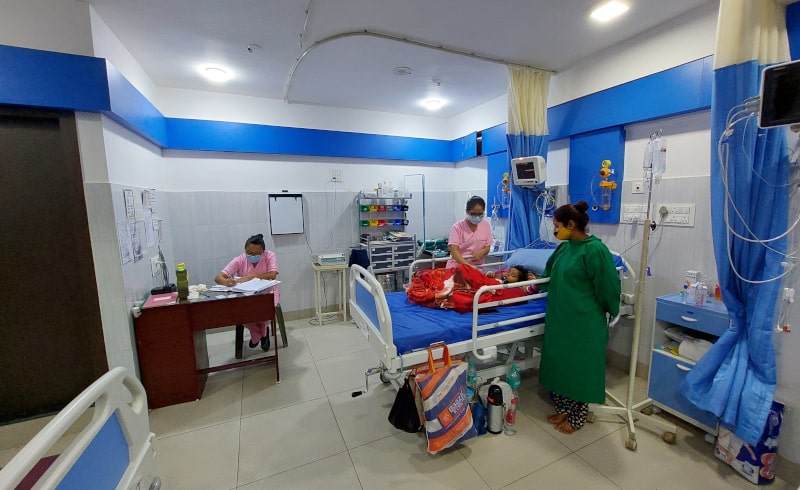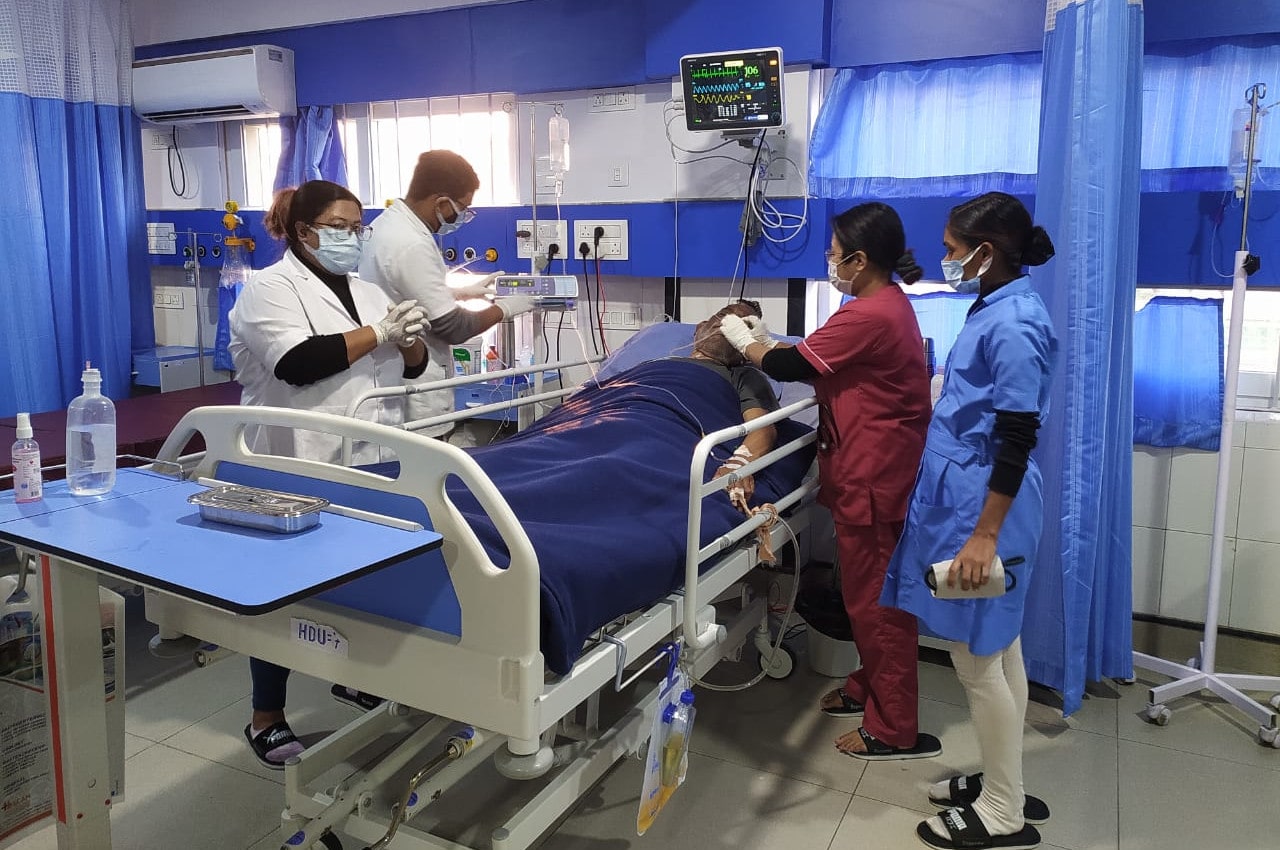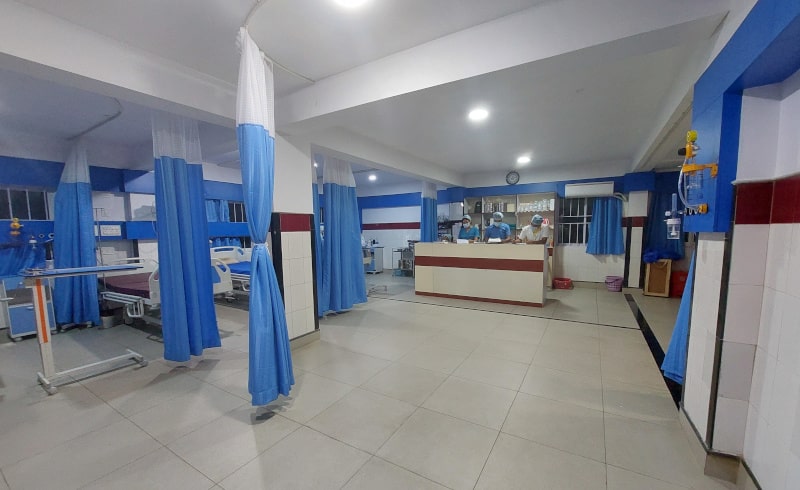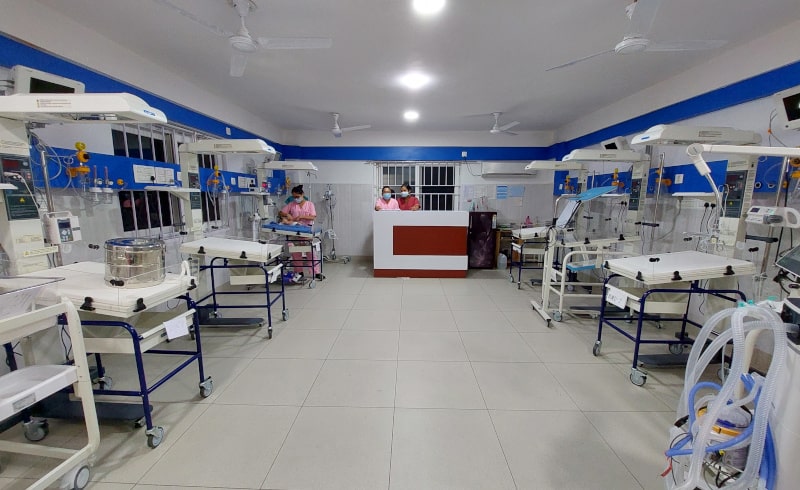Anterior Bridge Plating (ABP) by minimally invasive plate osteosynthesis for fracture shaft of humerus
Fracture of the humeral shaft account for roughly 3 % of all fracture.1 Operative treatment is indicated in segmental fracture, comminuted fracture, pathological fracture, failure to obtain and maintain adequate closed reduction, ipsilateral forearm fracture, bilateral humeral shaft fracture, multiple injuries, obesity, narrow medullary canal(less than 8 mm), poor patient tolerance, and compliance.Plate osteosynthesis and intramedullary nailingare the standard treatment of fixation for humeral shaft fracture.
Classical method of Plating by open reduction requires extensive surgical dissection and will risk of injury to radial nerve which invariably crosses the surgical field.
On the other hand, the classical intramedullary nailing is minimally invasive but it has main drawback of potentially damaging the rotator cuff and causing shoulder impingement.
The Anterior Bridge Plating ABP is designed to combine the best features of these two techniques.Anterior Bridge Plating (ABP) is minimally invasive plate osteosynthesis for fracture shaft of humerus in which plate is placed on anterior surface of humerus shaft.
More than 60 patients with middle 1/3rd, lower 1/3rd or lower 1/4th humerus shaft fracture were treated with ABP between Feb 2016 to Aug 2021 by us.
The newer Anterior Bridge Plating method avoids radial nerve identification and rotator cuff injuries causing shoulder impingement.Therefore, Anterior Bridge Plating is newer, simpler, faster and safeprocedure.
Video of Anterior Bridge Platingprepared by me is available in YouTube:
https://youtu.be/kigyJuFnFlE
https://youtu.be/oIkWz7akJBo



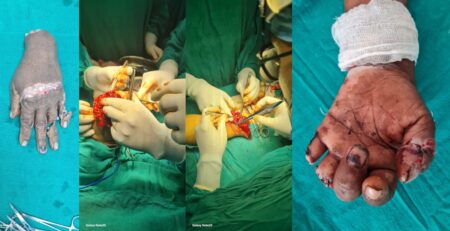
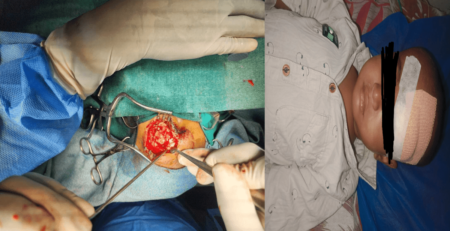

 Heritage Hospital
Heritage Hospital



